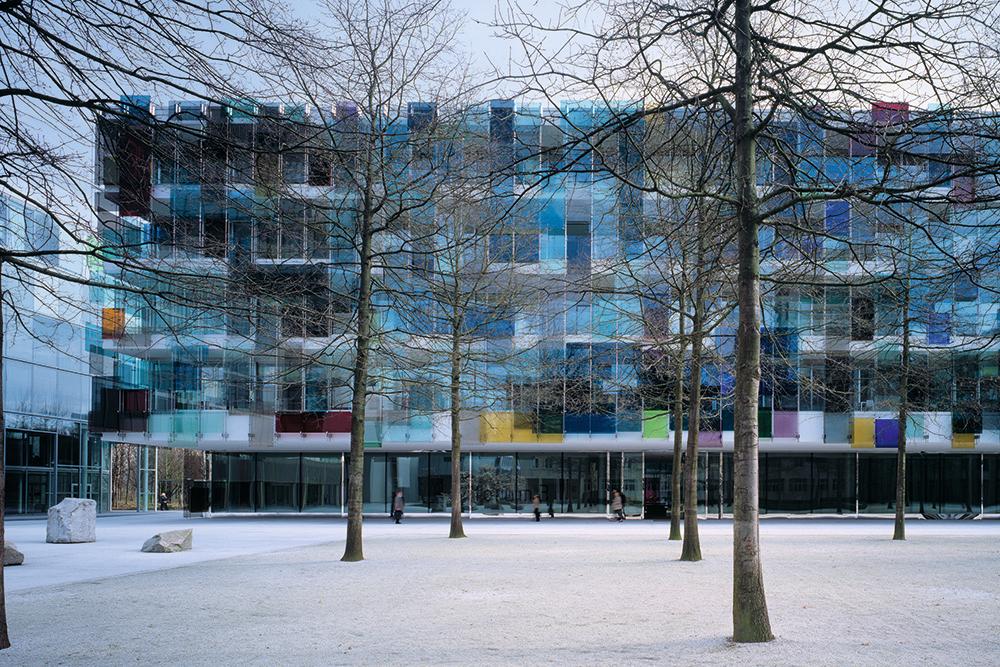
Creative confidence, restrained artistry

A podcast about Swiss architecture
Swiss architects enjoy a sophisticated culture of building design. They draw on a collaborative process to make expert use of favored materials like wood and concrete. Their best works are bold yet understated to fit in with and reflect the natural beauty of Switzerland.
These are just a few of the things we learn from Anna Roos, the author of a meticulous book entitled, “Swiss Sensibility: The Culture of Architecture in Switzerland”. The 256-page hardcoverExternal link gives a richly illustrated account of how a small nation produces so much fine architecture.
She’s been raising a family for close to two decades in the Swiss capital, where she teaches art and writes for architecture journals based in Britain, the Netherlands, South Korea and Switzerland. So what led a South African-born architect, teacher and writerExternal link, who studied in London and lived and worked in Paris and Frankfurt, to become an authority on Swiss architecture?
Subscribe to our podcast on iTunesExternal link to ensure that you don’t miss the next one.
































You can find an overview of ongoing debates with our journalists here . Please join us!
If you want to start a conversation about a topic raised in this article or want to report factual errors, email us at english@swissinfo.ch.